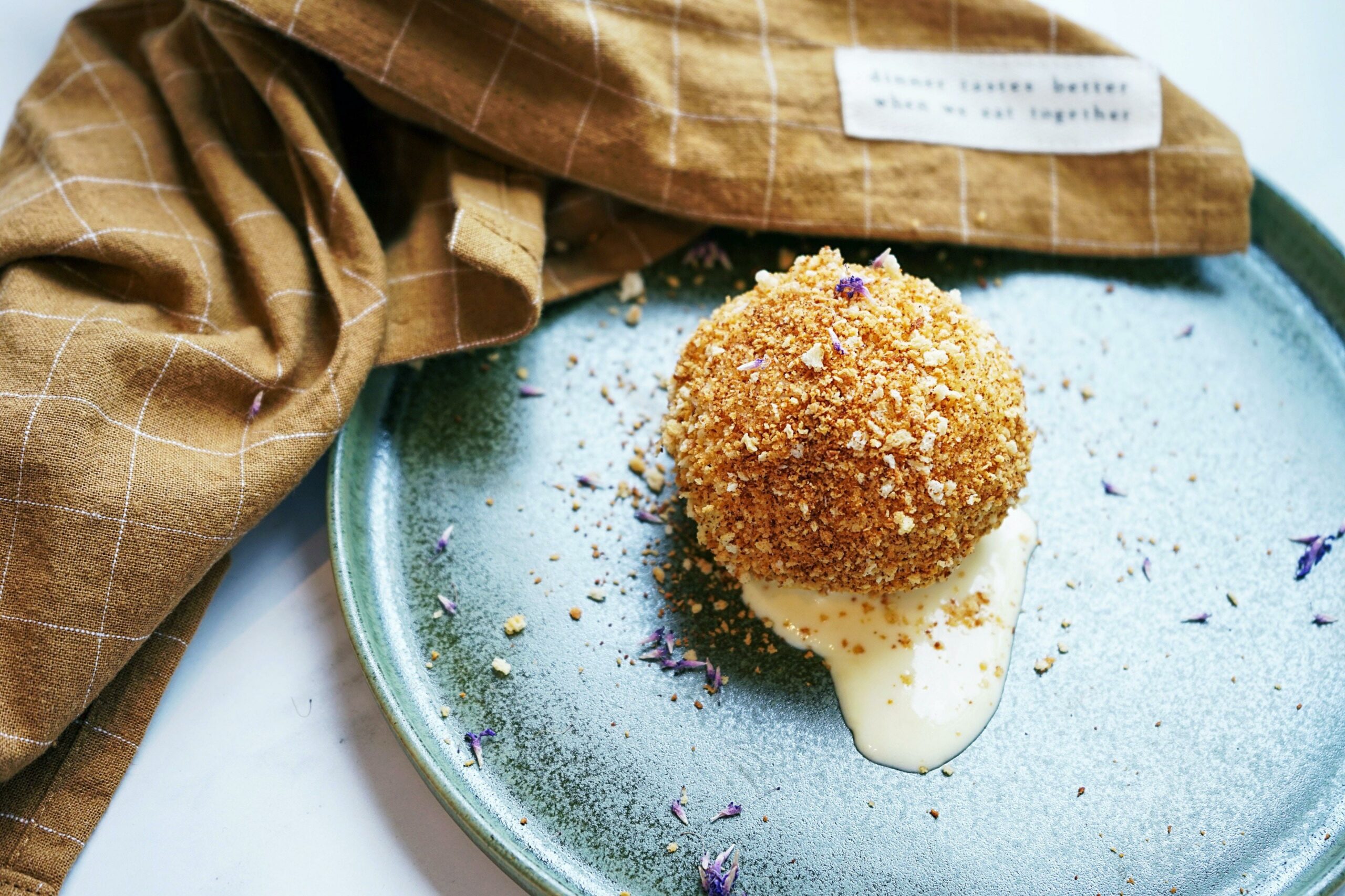Get ready to embark on a mouthwatering journey into the world of Hungarian cuisine! In this article, we will unravel the delicious secrets and surprising traditions behind Hungarian food. From iconic dishes like goulash to the aromatic spice that is paprika, we will delve into the fascinating facts and lesser-known aspects of this captivating culinary heritage. Join me as we explore the rich history, cultural significance, and tantalizing flavors that make Hungarian food a true delight for the senses. So, grab a seat at the table and prepare to be dazzled by the wonders of Hungarian gastronomy!

Hungarian Food Facts
Hungarian cuisine is renowned for its rich flavors, hearty ingredients, and fascinating culinary traditions. From mouthwatering goulash to delicate pastries, Hungarian food delights both the palate and the senses. In this article, we will delve into the depths of Hungarian culinary heritage and uncover some surprising facts and traditions.
Fact #1: Hungarian Cuisine and Meat
When it comes to Hungarian food, one cannot ignore the prominent role that red meat plays. Traditional Hungarian dishes like goulash, bean soup with smoked meat, and beef stew showcase the country’s passion for robust and meaty flavors. The abundance of delicious meat-based dishes is a testament to Hungary’s vibrant agricultural history and the country’s affinity for hearty cuisine.
“Hungarian cuisine is a carnivore’s delight, where meat takes center stage in a symphony of flavors.”
Fact #2: The Spice of Hungarian Life – Paprika
No exploration of Hungarian gastronomy would be complete without discussing the star of the show – paprika. Made from chili peppers, this vibrant spice is the defining element of Hungarian cuisine. Its distinctive flavors and fiery kick infuse dishes with a warmth that is unmistakably Hungarian. Whether it’s sprinkled over goulash or used as a key ingredient in chicken paprikash, paprika adds a depth of flavor that is unmatched.
“Paprika is the lifeblood of Hungarian cuisine – it’s the fiery soul that sets Hungarian dishes ablaze with flavor.”
Fact #3: Soup: The Hungarian Prelude
In Hungary, it is customary to start a meal with a soup, setting the stage for the main course. Hungarian soups are not mere appetizers; they are hearty, filling, and bursting with flavors. They serve as a testament to the country’s dedication to nourishing and comforting meals. Whether it’s a classic chicken soup or a robust vegetable broth, Hungarian soups invite diners to savor the celebration of flavors and prepare them for the main culinary journey that lies ahead.
“In Hungary, soup isn’t just a meal starter; it’s a journey that prepares your taste buds for the symphony of flavors that awaits.”
Fact #4: The Artistry of Hungarian Pastries
Hungarian pastries and cakes have garnered acclaim worldwide for their elegance and exquisite taste. These delicate creations are a blend of artistry and flavors, showcasing the skill of Hungarian pastry chefs. From the layers of flaky goodness in a strudel to the rich, creamy fillings of Dobos torte or Esterhazy cake, every bite of a Hungarian pastry is a testament to the country’s dedication to culinary craftsmanship.
“Hungarian pastries are a work of art on a plate, inviting you to savor every bite and experience the symphony of flavors.”
Fact #5: The Influence of Turkish Delights
Hungary’s rich culinary heritage owes a debt of gratitude to the Turkish empire. In the seventeenth century, the Turks brought filo or phyllo pastry dough to Hungary, which opened up a whole new world of culinary possibilities. This flaky and delicate dough is used to create delectable desserts like strudel, adding a touch of elegance to Hungarian cuisine and further enhancing its reputation as a land of culinary delights.
“Just like the delicate layers of a strudel, the Turkish influence on Hungarian cuisine weaves a tapestry of flavors that mesmerizes the taste buds.”
In conclusion, Hungarian cuisine is a vibrant and captivating journey that captivates food lovers from around the world. From the rich flavors of meat-based dishes to the fiery kick of paprika, each element tells a story of Hungary’s cultural and historical tapestry. So why not embark on your own culinary adventure and experience the wonders of Hungarian cuisine firsthand?
“Explore the culinary wonders of Hungary and uncover the secrets that have delighted taste buds for centuries. Join us on this gastronomic adventure!”
Hungary is known for its rich culinary traditions, but did you know that there are some truly scary facts about Hungary food that will make you think twice before indulging in their dishes? From bizarre ingredients to peculiar cooking methods, Hungary’s gastronomic scene is full of surprises. If you’re a brave eater looking for an adventurous food experience, you definitely don’t want to miss out on these scary facts about Hungary food. Click here to uncover the hidden secrets of Hungarian cuisine and prepare yourself for a culinary rollercoaster like no other.
FAQ
Q: What are some traditional Hungarian dishes?
A: Traditional Hungarian dishes include goulash (gulyás), bean soup with smoked meat, beef stew, chicken paprikash (csirkepaprikás), and pastries like strudel.
Q: What is the most distinctive element of Hungarian cuisine?
A: The most distinctive element of Hungarian cuisine is paprika, a spice made from chili peppers that adds a unique flavor and vibrant red color to many dishes.
Q: What is the importance of soups in Hungarian cuisine?
A: In Hungarian cuisine, soups are commonly eaten before the main meal. They are considered an essential part of the dining experience and often showcase the rich flavors and ingredients of the region.
Q: What is the history of Hungarian pastries and cakes?
A: Hungarian pastries and cakes are renowned worldwide for their elegance. The use of filo or phyllo pastry dough, which was brought to Hungary by the Turks in the seventeenth century, is prevalent and is used to create delightful desserts like strudel.
Q: How would you describe Hungarian cuisine?
A: Hungarian cuisine is known for its heavy, fatty nature, with a focus on red meat and sweets. It has deep-rooted culinary traditions that have been passed down for generations, reflecting the country’s cultural heritage centered around family and shared meals.
- Unlock 6000+ words beginning with he: A comprehensive analysis - April 20, 2025
- Mastering -al Words: A Complete Guide - April 20, 2025
- Master Scrabble: High-Scoring BAR Words Now - April 20, 2025
















